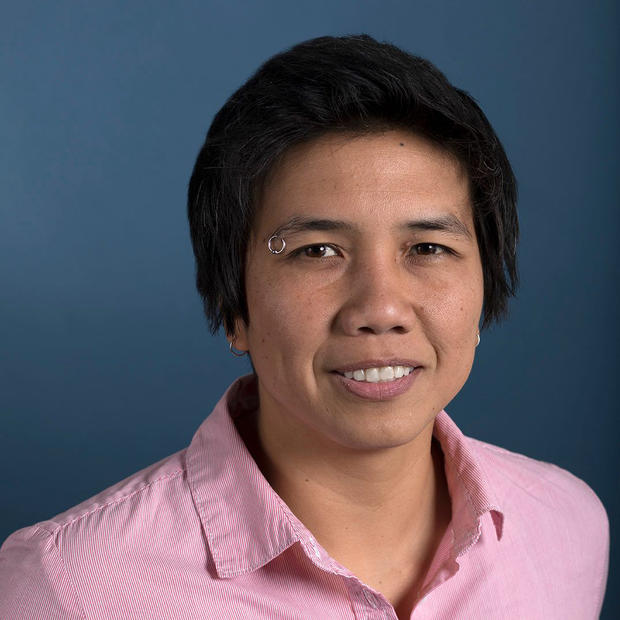“But there’s also no shortage of happy, fulfilled moments in our lives where we are the triumph of our ancestors' survival,” she continues. “We are like applause, and that’s our existence. We are joy; That’s what we are.”
In her new work, Black Imagination: Ritual Objects, the third in a triptych of exhibitions, Marin creates a space in West Seattle’s Virago Gallery for the exploration and cultivation of Black joy. As a conceptual artist, she wanted to turn something abstract into something physical that could be shared.
“Can you take a concept, like Black joy, and can you turn into a thing?” she asks. “Can it become something that then I could give to you, or you could give to somebody else?”
Marin, who is based in Seattle with roots in Trinidad and Canada, is a self-described recovering Catholic. But she is deeply spiritual, and believes the ritualism and symbolism present in Catholicism holds power and value when harnessed to create something new. Among the ritual objects in Marin’s installation are 12 sets of multicolored bottles labeled “Black Joy.”
Ranging from a deep, blood-red to transparent, the Black Joy bottles were given to 14 collaborators — people in the Black community who Marin believed were living their best lives and had joy in abundance. Each bottle is infused with their spirit through rituals created by each person or couple, with the resulting bottles available for purchase. Marin’s 14-year-old daughter, Roman, who Marin proudly describes as multilingual and likely to run a Fortune 500 company someday, is the gatekeeper of the bottles.
“If you come into the gallery and you see a painting or a sculpture or an object that you want, you have to prove to Roman that you value it enough to have it,” Marin says. “So, that kind of negotiation is something that people can experience with a teenage Black girl. I don't know if that's an everyday experience. It’s a beautiful thing.”
At the preview opening at Virago Gallery, several people shared thoughts about the Black Joy they’ve infused in the bottles. Stories range from finding joy on the other side of addiction to two beaming Black women expressing their love for each other. In this way, the bottles, held in the hands of participants and lined along the gallery walls, take on additional meaning.
Black Imagination: Ritual Objects is a continuation of Marin’s exploration of Black joy, an experience she has explored and promoted both in a digital realm, by recruiting people to post their #blackjoy stories, and also by creating physical spaces for members of the Black community to meet and gather. Marin notes that in these gatherings, it is not uncommon for people to cry because joy is often a triumph over hardship, an expression of resistance.
“Black joy is sacred because it’s earned. There’s no moment of Black joy, even if it’s taking place, say, in the body of a 6-month-old Black baby — that isn’t earned. Because before that baby came, the baby’s parents and their parents and their parents and all the suffering and the struggle, the oppression, everything that we normally hear about is what led up to the moment of joy. And when that joy takes place, it is a resistance. It is a resistance against the narrative that usually defines us.”



